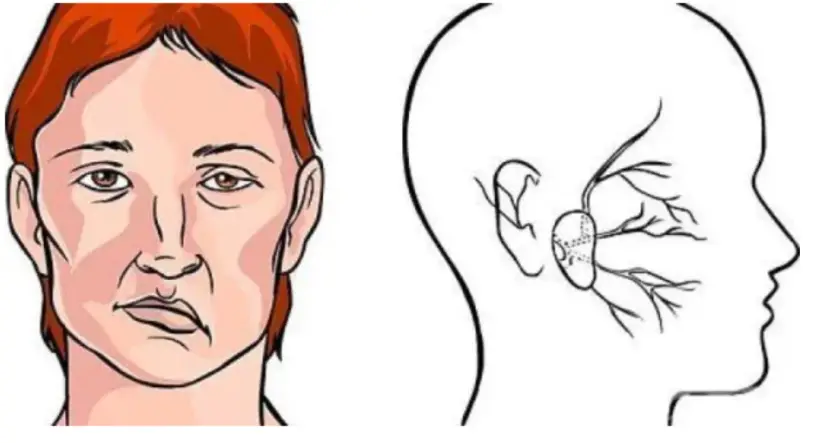A stroke occurs when the flow of blood, which is rich in nutrients and oxygen to the brain tissue, suddenly stops. In this way, the brain cells begin to die, and permanent damage to this organ is also possible. Because the brain plays a coordinating role for the whole body, a stroke, if it occurs, can have implications for almost any part of the body.
There are two types of stroke: ischemic, which occurs when a blood clot blocks the flow of oxygenated blood to the brain, and hemorrhagic, which occurs when a weak blood vessel literally bursts and causes bleeding in the brain.
Why is it so important to educate ourselves more about stroke?
Cardiovascular diseases along with malignancies are a very common cause of death. Almost every second death is caused by a heart disease, including stroke. The US Centers for Disease Control and Prevention (CDC) has shown that as much as 80% of cardiovascular diseases, including stroke, can be prevented. According to this, timely recognition of the symptoms of stroke and heart attack should be a priority for each of us.
What can you do in such an awkward situation, whether you or someone close to you has the symptoms? Why is every second important in such moments?
Why is it important to react quickly?
Rapid reaction is crucial in such a situation. A rapid reaction can make a big difference in the outcome of a stroke. According to some relevant institutions, receiving emergency care in the first hour after a stroke can prevent long-term consequences such as paralysis or death. In terms of statistics, people who receive appropriate therapy for ischemic stroke in the first few hours after a stroke are the ones most likely to avoid some severe consequences. In certain stroke situations, surgery may be necessary.
What are those specific signs and symptoms?
- Confusion
In the event of a stroke, a feeling of confusion may occur. So if you work at a computer or have a conversation, you may suddenly have difficulty speaking, have confused thoughts, and have difficulty understanding the speech of others.
- Sudden feeling of weakness
A sudden feeling of weakness in the legs, arms or face is a typical sign of a stroke, especially if it occurs only on one side of the body.
- Sudden loss of balance
When a stroke occurs, there may be a sudden loss of balance while walking or a loss of sense of orientation in space.
- Sudden changes in vision
Loss of vision or seeing with only one eye is also a symptom of a stroke. Double vision, blurred vision or complete loss of vision is also possible.
- Sudden feeling of headache
If you feel a sharp pain in the head, for no particular reason, it could be another sign of a stroke. This pain is usually accompanied by tinnitus, as well as nausea and vomiting. These symptoms can be equated with migraine symptoms, especially if you often suffer from migraines, so they can often be distinguished as symptoms of a stroke. If you suspect that it is a stroke, you should seek help immediately, because every second counts.
Rapid action after the mentioned symptoms
If you or someone close to you is having a stroke, you may experience one or more of these symptoms. Although specific symptoms can be easily identified, it is often not too late for people to realize they have a serious problem. The symptoms of a stroke do not always have to be so obvious, that is, they can develop for quite a long time, sometimes even days. However, if you have any of the above symptoms, and if you react in time, ie receive appropriate treatment a few hours after the stroke, you will allow the nourished and oxygenated blood to reach the brain again. A quick response is important because it increases the chances of a full recovery and also reduces the degree of disability that can often occur as a result of a stroke. This not only saves lives, but also increases the chances of a better quality of life after a stroke.
This simple test can help save lives!
Pay attention to:
• Face – Ask the person you suspect suffered a stroke to smile. If one side of the face “falls”, it is probably a stroke.
• Hands – Ask the person you suspect suffered a blow to lift them hands. Notice if the arms are evenly raised and if one may fall.
• Speech – Make sure the person is speaking correctly and ask them to repeat the same phrase several times.
• Time – In the end, always keep in mind the time, ie make sure in all previous procedures not to spend too much time. If you have the slightest suspicion that it is a stroke, call an ambulance immediately.

